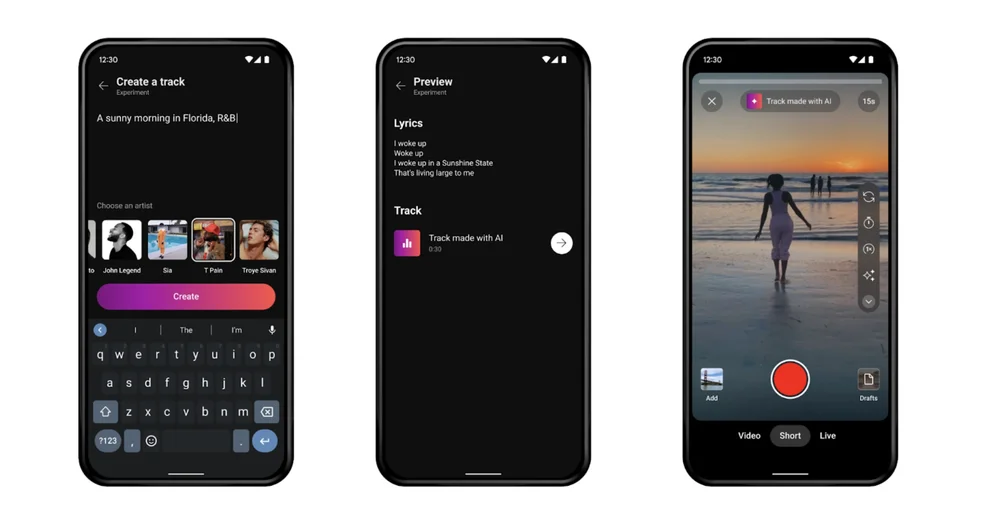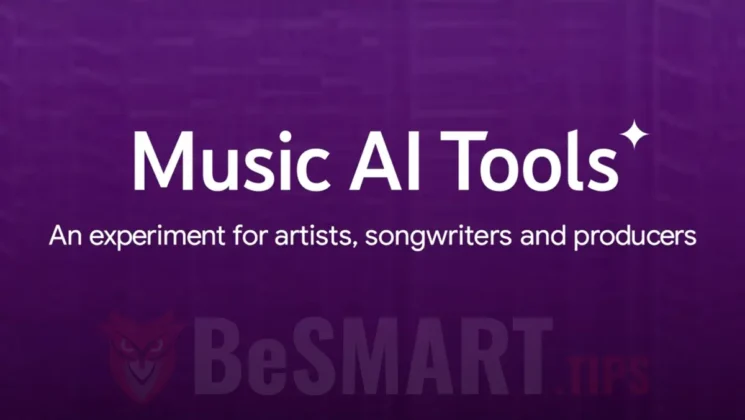The collaboration between YouTube and Google DeepMind opens new horizons in music, bringing revolutionary AI experiences to artists and fans alike, with the launch of new AI music experiments.
A new creative era is about to begin with advances in artificial intelligence, and YouTube and Google DeepMind aim to define this stage through partnership and accountability. Earlier this year, YouTube set out principles for AI in music and launched a Music AI incubator, focusing on responsible collaboration. Thus, they explored how AI can contribute to creativity alongside artists, composers and producers, while anticipating the associated challenges.
Recently, YouTube revealed a behind-the-scenes look at the first artificial intelligence (AI) experiments in music, marked by the release of the Dream Track for Shorts and some AI Musical Instruments. These music experiments with AI are the result of close collaboration between YouTube and Google DeepMind, with the aim of exploring new and creative ways in which AI can improve the process of music creation and connect artists with their fans in a unique way.
Table of Contents
About Dream Track, powered by Lyria
Experiment Dream Track, released on YouTube's Shorts platform, represents a first foray into this innovative direction. It is powered by Lyria, the most advanced AI music generation model developed by Google DeepMind. Nine outstanding artists, including Alec Benjamin, Charlie Puth, Charli XCX, Demi Lovato, John Legend, Papoose, Sia, T-Pain and Troye Sivan, have chosen to participate in this experiment and work together with YouTube to shape the future of intelligence artificial in music.

Who's Testing New AI Music Experiments?
US creators will have the opportunity to use Dream Track to generate original soundtracks of up to 30 seconds for their Shorts, with the ability to virtually collaborate with the AI voices of their favorite artists. This initiative is an attempt to create deeper connections between artists and fans through technology.
These musical experiments with AI continue with a select group of artists, composers and producers involved in the Music AI Incubator. They test, learn and provide feedback to develop AI musical tools to support creative processes. Among the emerging ideas is the ability to turn thoughts into music, whether it's humming a melody to generate instrumental accompaniment or changing the style of a piece fluidly.
Conclusion
While these try it they represent only the beginning, they open the way to extraordinary possibilities in music. YouTube and Google DeepMind are driven by their advancements in AI and music, excitedly anticipating significant changes in the way artists interact with audiences and how music is created and experienced.
Despite the excitement generated by new experiments with artificial intelligence in music developed by YouTube and Google DeepMind, there is a deep fear about the possibility of an oversaturation of AI content to the detriment of original content. This concern is becoming evident in today's landscape, where short videos with AI-generated voices layered over existing content are becoming more common. These low-quality materials are easy to mass-produce, easily generating thousands of copies from a single channel. It is hoped that these developments will not exacerbate already existing problems and that technology will be used responsibly to maintain the balance between innovation and authenticity in the world of music creation.
